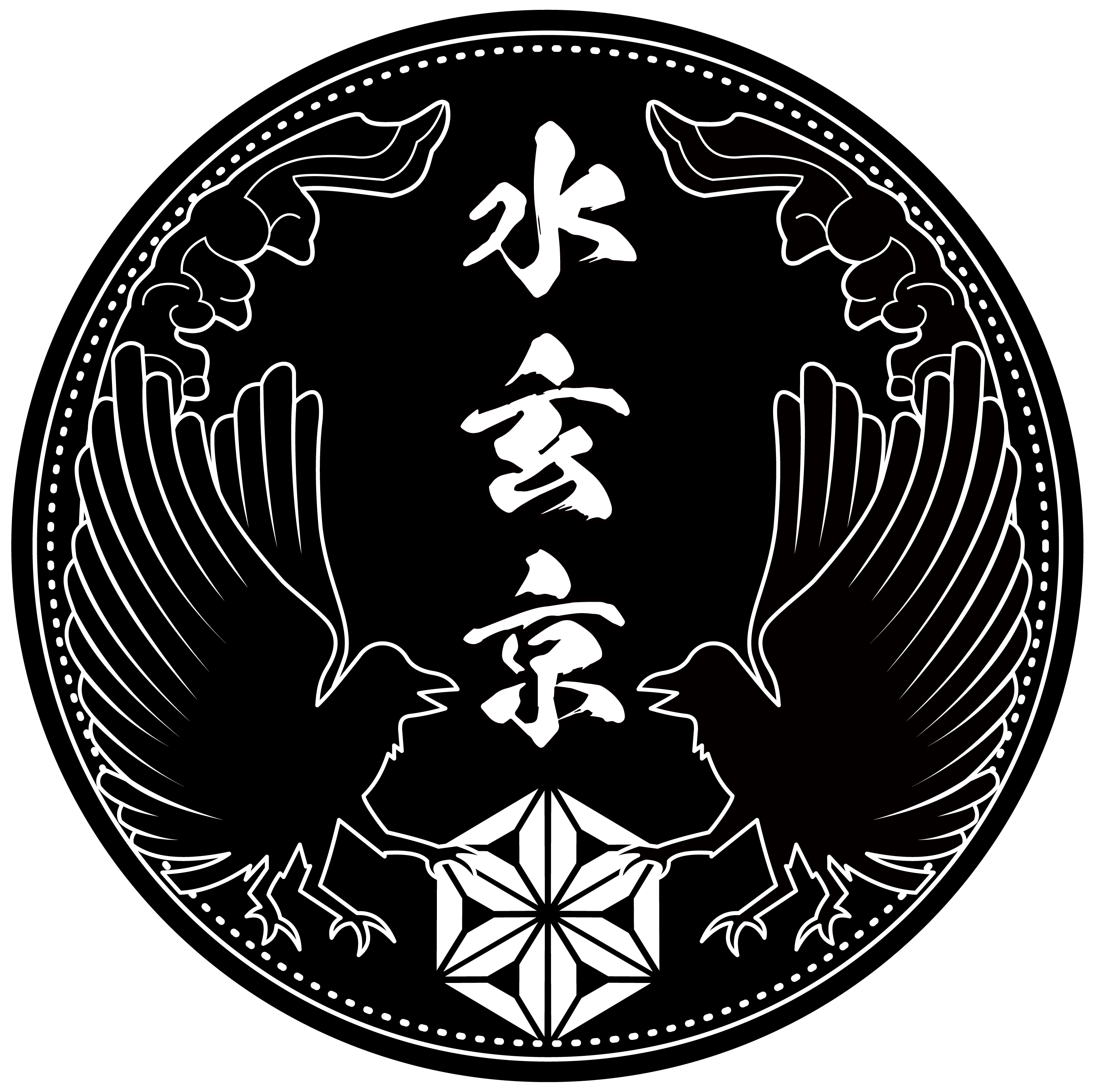Introduction
Buddhist rosaries, also known as prayer beads or malas, are not just exquisite accessories but also spiritual tools that carry a rich history and profound significance. Originating over 3500 years ago, these sacred beads have evolved from their roots in ancient Indian traditions to become an integral part of Buddhist practice across the globe. In this article, we will delve into the origins, characteristics, materials, and craftsmanship that make Buddhist rosaries a cherished symbol of spirituality and devotion.
Buddhist Rosary’s History
The history of the Buddhist rosary traces back to the ancient scriptures of Brahmanism in ancient India, where a mention of “連珠” (renju) resembles the prototype of the modern-day rosary. This practice of using beads to count prayers was also adopted by followers of Hinduism to keep track of their devotional recitations. It’s believed that Buddha himself integrated this practice into Buddhism, introducing the use of prayer beads, or 念珠 (nenju), during the chanting of mantras. These beads, along with Buddhism, found their way to Japan in 552 AD.
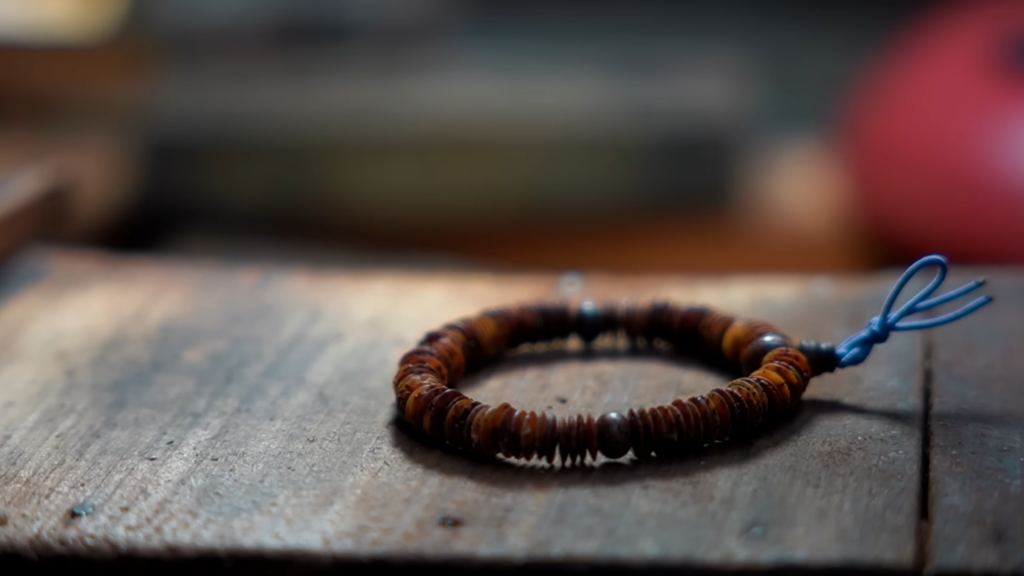
Characteristics of Buddhist Rosaries
At the core of the Buddhist rosary is a string of 108 beads, symbolizing the 108 human afflictions or desires. The purpose of the rosary is to aid practitioners in dispelling these worldly distractions and attaining a state of focused meditation. The significance of the number 108 goes beyond its mathematical value—it represents a transformative journey toward enlightenment.
Materials Used in Buddhist Rosaries
Crafted from the seeds of the Bodhi tree, the beads used in Buddhist rosaries hold a profound significance. Each bead possesses a single indentation reminiscent of the moon and countless black specks resembling stars, collectively reflecting the cosmos. The Bodhi tree holds spiritual significance in Buddhism, and rosaries made from its seeds are considered sacred, carrying auspicious connotations. With use, these beads develop a beautiful sheen, and their colors evolve, offering an evolving visual experience.
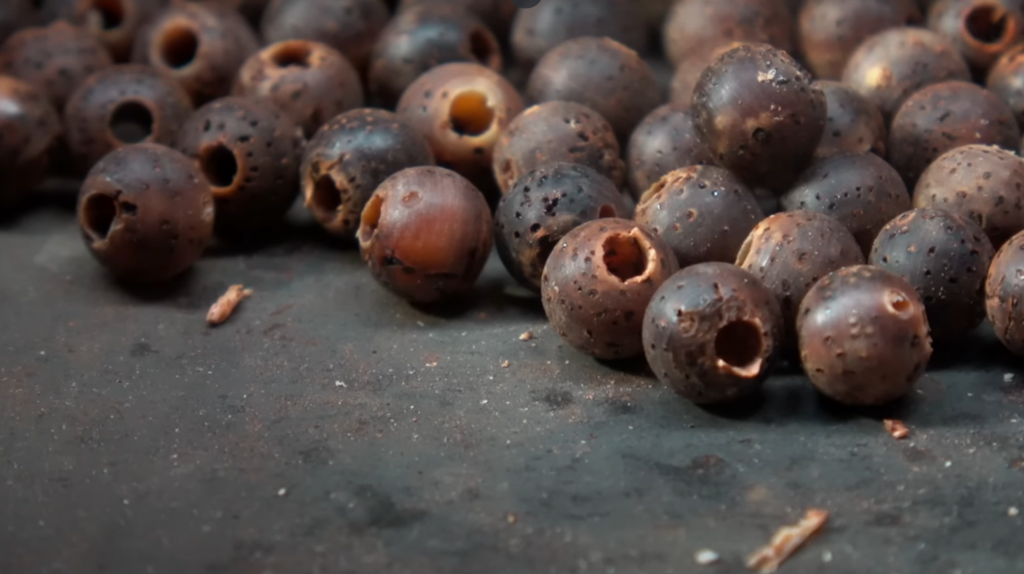
Craftsmanship
Every bead of a Buddhist rosary is meticulously handcrafted by skilled artisans. These craftsmen devote their time and expertise to create each bead with precision and care, ensuring that the final product reflects the spirituality and reverence associated with the rosary. The craftsmanship is a testament to the dedication of these artisans to preserve the authenticity of the tradition.
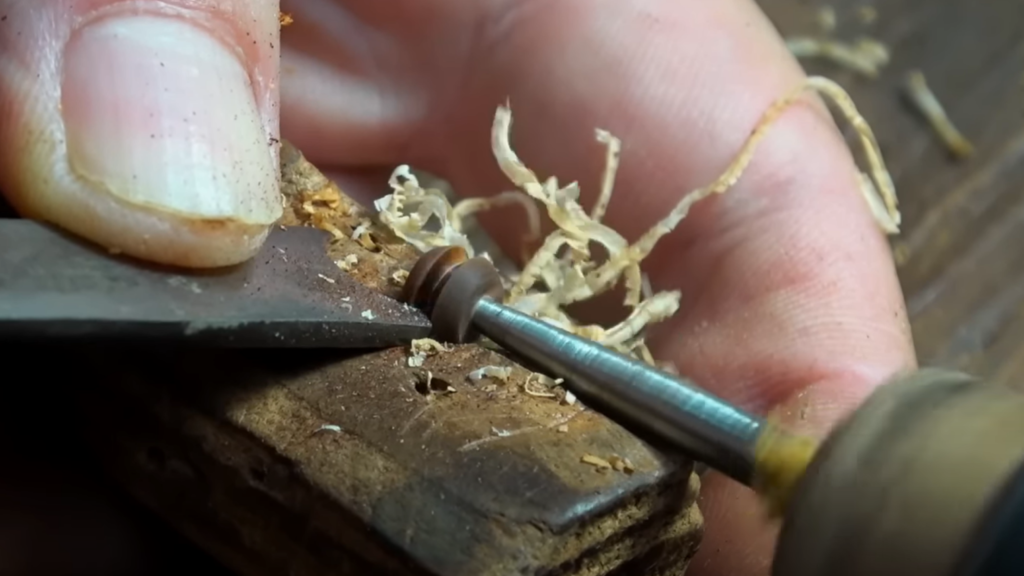
Recommendation as an Accessory
Apart from their spiritual significance, Buddhist rosaries have transcended their religious origins to become cherished accessories. The intricate designs and meaningful symbolism they carry make them not only a unique adornment but also a conversation starter that connects wearers to a profound spiritual legacy.
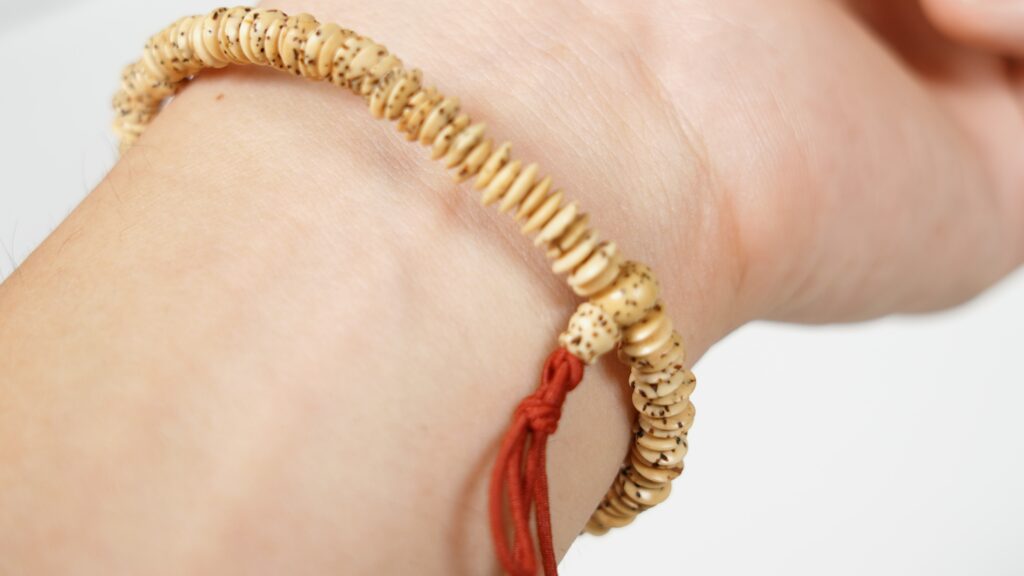
Conclusion
Buddhist rosaries encapsulate centuries of spiritual heritage and devotion. From their ancient origins in Indian traditions to their evolution into treasured accessories, these beads continue to inspire and guide individuals on their personal paths of mindfulness and enlightenment. Whether worn for their aesthetic appeal or spiritual resonance, Buddhist rosaries remain a timeless and meaningful artifact of human spirituality.
